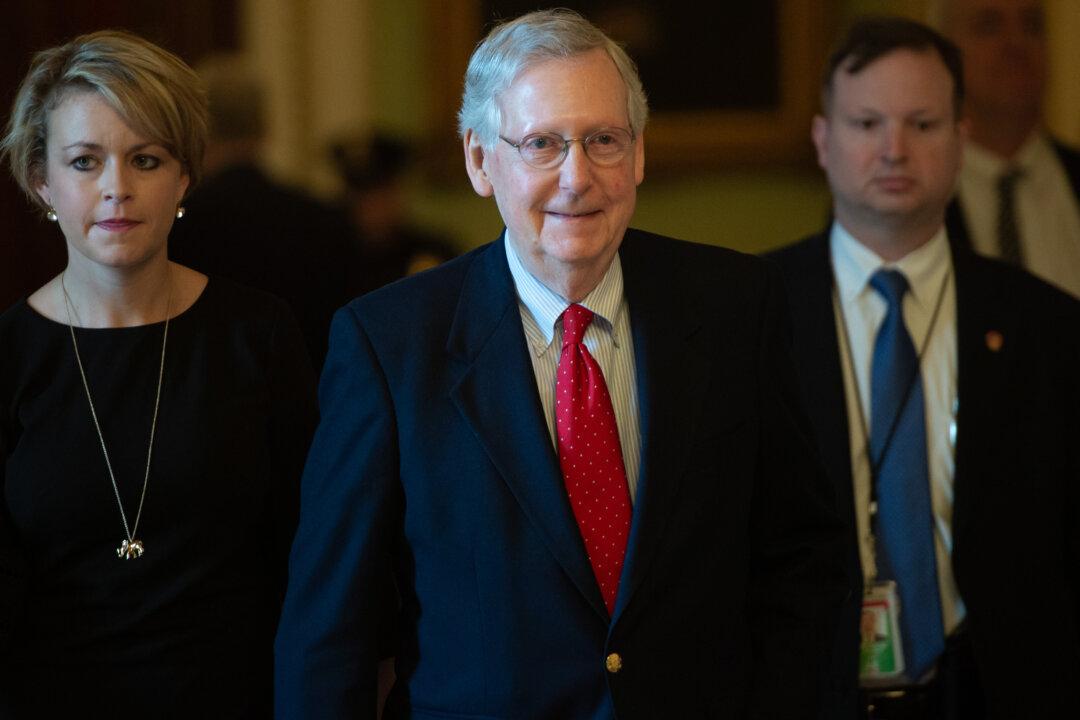With the Senate in session on Dec. 27, the chamber has so far failed to reach an agreement on funding the border wall, thus extending the partial government shutdown.
About quarter of the federal government ran out of money on Dec. 22, as Senate Democrats and President Donald Trump remained at odds over $5 billion in border security funding the president has requested for constructing parts of the wall along the southern border—his signature campaign promise.





